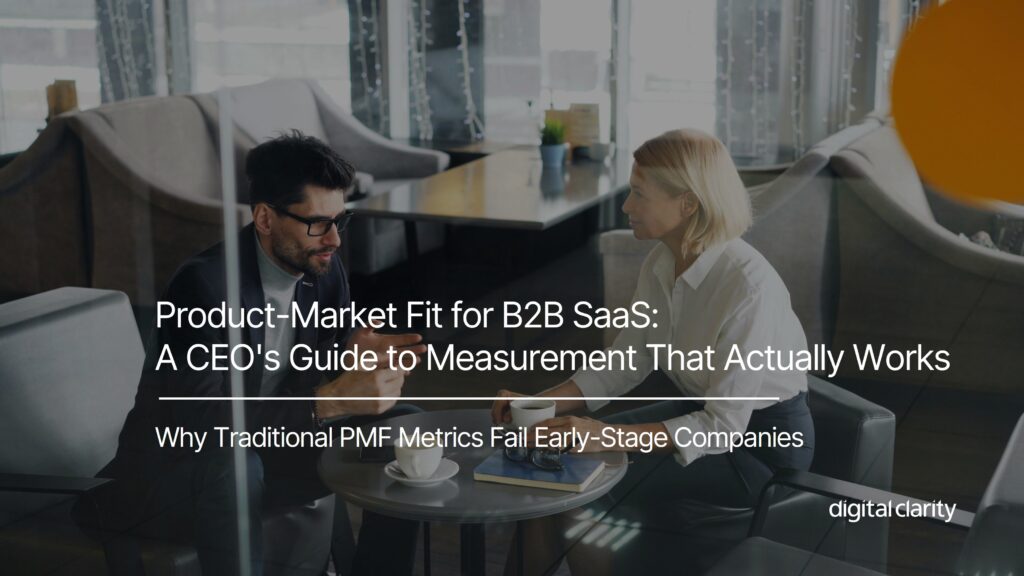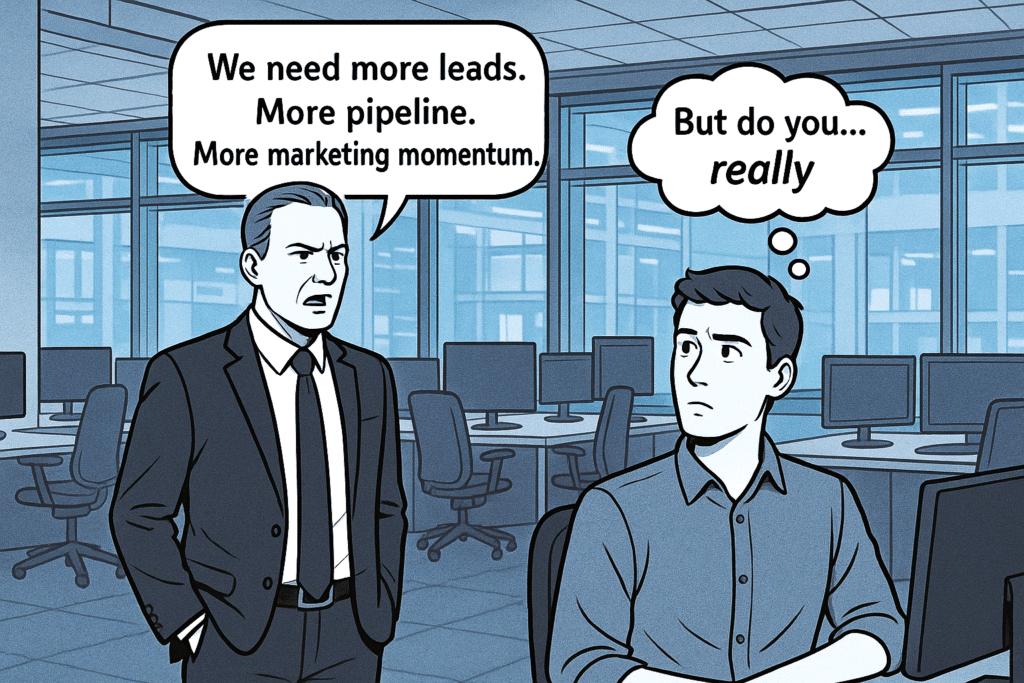Ever since I’ve been involved in digital marketing (and I\’m sure long before I entered this industry) there has been a debate over the best method of marketing your business digitally.
It is a never ending back and forth between PPC and SEO. As this argument continues, there is a parallel discussion taking place in the world of social media; paid ads or organic social marketing?
The continued rise of social platforms
A recent study from We Are Social and Hootsuite reports that there are currently 4.2 billion active social media users, equating to just over half of the global population.
While audience demographics undoubtedly vary across individual social platforms, this ultimately represents an enormous number of people to potentially target, either through paid or organic social media.
With this in mind, there is no wonder social media has become such an important tool for B2B businesses to implement in their marketing strategy – the question is, what is the best way to reach people across the social media universe?
Let’s take a look at some of the basics.
Paid Social Media
Social media advertising works in a similar way to paid search advertising; essentially allowing businesses to reach their desired target audience, utilising their budget to promote their product or service offering.
Targeting
Targeting on social media is generally much more granular than search advertising, giving businesses the opportunity to reach individuals much more accurately. Watch our video on how to reach your target audience on social media.
When it comes to defining your audience, it’s important to remember that you may have more than one “ideal customer”. In this case, segment your audiences out by common theme. Depending on the social media platform and targeting options available, that could be something simple such as age range, job seniority or industry. Take a look at our tips on how to identify your ideal customer.
Content
Each social media platform has its own variation of ad formats available, depending on the individual objectives for the business. The common component across social channels is that visual content works best; usually an image or video format.
While it’s important to keep ad content fresh and maintain a visible presence to your audience, it’s even more important to build brand awareness first. Don’t try to push for sign ups, demo’s or purchases before someone has even heard of your business, what you do, or why they should consider your services. Educate your audience about why they need your business.
Results
The success of your paid ads will depend on implementing the right social media marketing strategy; reaching the right audience, with the right message, at the right time. Use the data available to you to see what is working and what isn’t. Test different variants of ad copy, try out new audiences, and change up your landing pages. Take a look at 5 things you should be A/B testing in your paid social media campaigns.
Organic Social Media
Simply put, organic marketing across social networks can quite possibly be anything that isn’t paid advertising. This is predominantly content driven and is primarily used to:
- Maintain a presence for your brand
- Build awareness and thought leadership for your brand
- Feed information to both prospective and current clients
- Maintain a strong bond with prospects and clients
Content
Just like paid social, organic social also requires a well thought-out content strategy. Sharing content organically across social media can help to boost visibility of your brand, as well as being used to position your brand as a thought leader.
It’s highly likely that the majority of content you share across social media will be originally housed on your website, however social media can be extremely successful in amplifying that content to wider audiences. This can therefore result in driving more traffic through to your website, which could ultimately result in more business for you.
Content can also be repurposed for social media; for example, you may have long-form content such as blogs, that could be repurposed into videos or slides that are shared across social media organically. Trying out other formats, particularly ways you haven’t tried before, could prove successful for your business. For more ideas on how to up your social media game, check out our 3 tips to help B2B brands increase engagement on social media.
Results
Organic marketing, whether social media or SEO, is not likely to provide quick wins for your business. Executing a strategy and seeing results can take time, but the most important thing is to keep at it.
Monitor performance and results, make sure you are tracking what is and isn’t working. Try new things – that is the beauty of organic marketing, you’re able to test new formats or ideas because you ultimately aren’t spending money on the clicks. But remember, you will be spending your time on it, and it may be a while before you can determine the results.
So what’s better for business, paid or organic social media marketing?
On the face of it, organic marketing may be the preferred option due to being ‘free’, however I can’t stress enough that instant results should not be expected. Equally it may be perceived as free but requires a lot of planning, managing and testing, of which someone is going to have to manage, and time costs money.
Unfortunately there really is no direct answer. It depends on your business goals, your audience, the platforms you are using, how much content you’re able to create, what budget you have for advertising… the list goes on.
Essentially, they work better hand in hand. If you’re running adverts and a user clicks through to a company page that hasn’t been updated for two years, it doesn’t look good. Equally, if the messaging on your ads doesn’t match your organic posts, that too can provide confusion and a poor user experience.
As with any marketing method, get a plan together, then try it and measure the results. What works for one business might not work for another, but you may just be surprised by the results.



